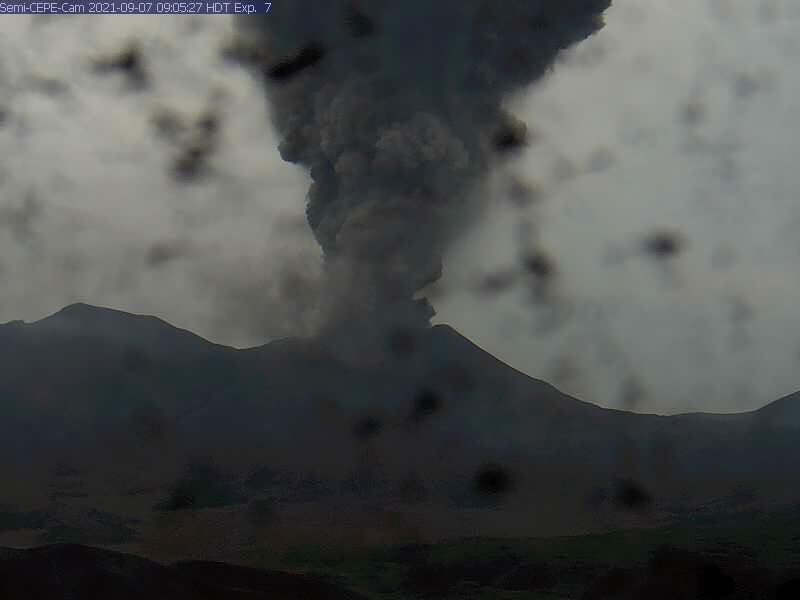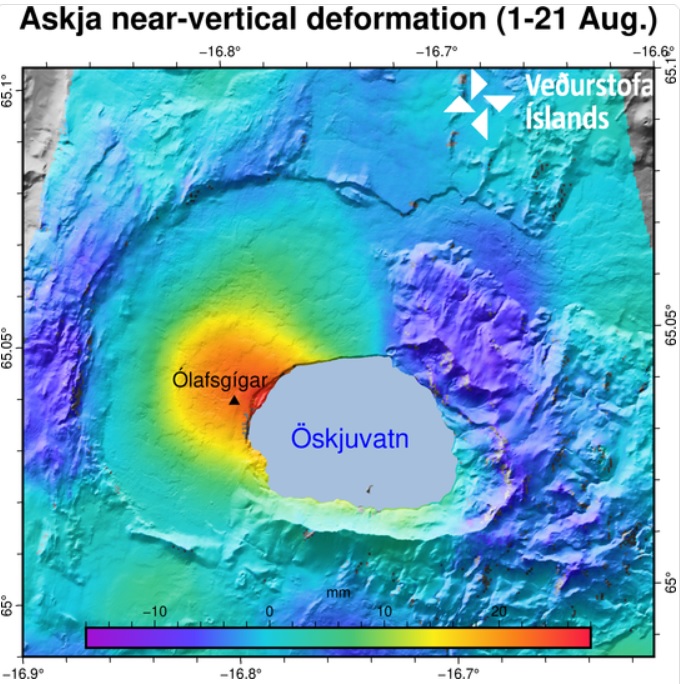COVID-19 booster shots

Brooke Taylor
Wednesday, September 8, 2021
TORONTO -- While some countries are already committed to providing COVID-19 booster shots to their populations, Canada has not yet released a third dose plan and some experts say it’s still too early to tell if a booster is necessary for the general population.
In August, Israel began providing booster shots to all those who had been vaccinated, and just days ago, Israel’s COVID-19 chief said it was time to start preparing to roll out fourth doses, but whether or not booster shots are needed lacks evidence.
“The answer is: we don't know for sure yet,” Rodney Russell, professor of immunology and virology at Memorial University of Newfoundland, told CTVNews.ca in a phone interview on Tuesday.
What virologists and immunologists do know is that older and at-risk populations tend to have a worse response to vaccines, and not just COVID-19 vaccines, he added.
“Anybody who's over 80, anybody who falls in that frail category, they generally don't respond well to vaccines, even before COVID,” he added. “We've known for years that older people don't respond well to vaccines.”
Right now, there’s not a lot of evidence on booster shots to know for sure who will need them and when.
“The evidence for booster shots for vulnerable or at-risk populations in Canada is still coming in,” Charlene Chu, an assistant professor at the University of Toronto, told CTVNews.ca in an email.
There’s also a general lack of evidence on the impacts a third dose will have among the general population, she added, so it’s still unclear what effect a third dose might have on a younger, healthier person.
With other countries moving ahead with their booster programs, Canada may soon have the evidence it needs to determine who might need a booster shot, but the experts agree that it will most likely only be people with poor immune responses who will be able to get a third dose.
“In time, evidence from other parts of the world, like Israel where everyone over 30 is able to get a third booster, may help us understand the effects of a third booster for the general population,” said Chu.
Deciding whether a third dose is potentially beneficial for the general population is more complicated than looking at breakthrough cases and antibodies.
HOW ANTIBODIES AND VARIANTS FACTOR IN
“What level of antibodies you need isn't known, we still haven't established one and even the latest conversations I've had with vaccine researchers across Canada, we don't know what the cutoff is,” said Russell.
To complicate that further, the level of antibodies detectable in the bloodstream will likely differ between age groups, as well as among those who have auto-immune disorders or have received cancer treatment, he added.
And antibody levels are supposed to go down after a vaccine or infection, Russell said, explaining that T cells and B cells are key.
“It's B cells and T cells that can make more antibodies and T cells that can help make antibodies and fight the virus infection,” he said.
Even the variants of COVID-19 that have had antibody-evading mutations haven’t taken off quite the way he expected, they’ve been outdone by the Delta variant which doesn’t have the antibody-evading mutation.
It would take a lot of mutations for the current COVID-19 vaccines to provide no protection, said Russell, since the vaccine has given our bodies a map of the virus’ spike protein.
“That protein probably has 20 spots on it that the immune system sees,” he said. “It would need to change all 20 spots for the immune system to not see it, and by that time the spike protein wouldn’t be itself anymore, it wouldn’t look the same, it probably wouldn’t even work that well.”
Scientific understanding of the vaccines’ abilities to prevent infection is better now, giving a more realistic efficacy to work with. They protect about 60 to 70 per cent from actual infection, but more than 90 per cent avoid severe illness and hospitalization, added Russell.
“The goal now, because these vaccines don't keep everyone from getting infected, the goal is really to give people some immunity to help them fight it when they get it,” he said. “We've got to stop talking about protection from infection now because these vaccines don't keep everyone from getting infected and the variants are making sure of that.”
WHAT THE EVIDENCE SAYS SO FAR
For Chu, it’s important to keep in mind the evidence we do have on the vaccine doses.
“The evidence shows that the double dose of COVID-19 vaccination remains very effective against hospitalizations. It’s unclear how effective a third shot will be for the broader general population,” said Chu.
There is some evidence, she added, that the elderly populations living in long-term care could benefit from a third dose, but it’s important to keep in mind that these populations are at much higher risk of COVID-19 than an elderly person not living in a congregate setting.
“For LTC home residents and those who are immunocompromised, I think it will be helpful for these populations. Especially if LTC homes continue without mandatory vaccination mandates,” she said.
Some evidence suggests a fading immune response in these populations, but Chu said there needs to be careful interpretation of the results.
“With respect to the evidence, there have been a couple of studies about older adults living in LTC and waning vaccination effects. We have to be cautious extrapolating findings in this group of older adults to the general population because people in long-term care are very immunologically vulnerable and they living in a congregate setting which also has risk,” she said.
Any third-dose plan Canada comes up with needs to be able to address the different needs of various populations.
“The approach to managing this population, and other similar immunocompromised populations, should be different than the general population,” said Chu.
While Canada and other wealthy countries mull over their plans for booster shots, The World Health Organization (WHO) warned against administering boosters until much more of the world’s population had received even one.
“The majority of the world, especially low and middle-income countries, do not have access to COVID-19 vaccines,” said Chu. “More than four billion vaccine doses have been administered globally, with 80 per cent going to middle- or high-income countries, according to the WHO. New variants will continue to emerge from these parts of the world if we do not address this inequity.”













![[Patrick Gathara/Al Jazeera]](https://www.aljazeera.com/wp-content/uploads/2021/09/radicalization.jpg?resize=770%2C513)





